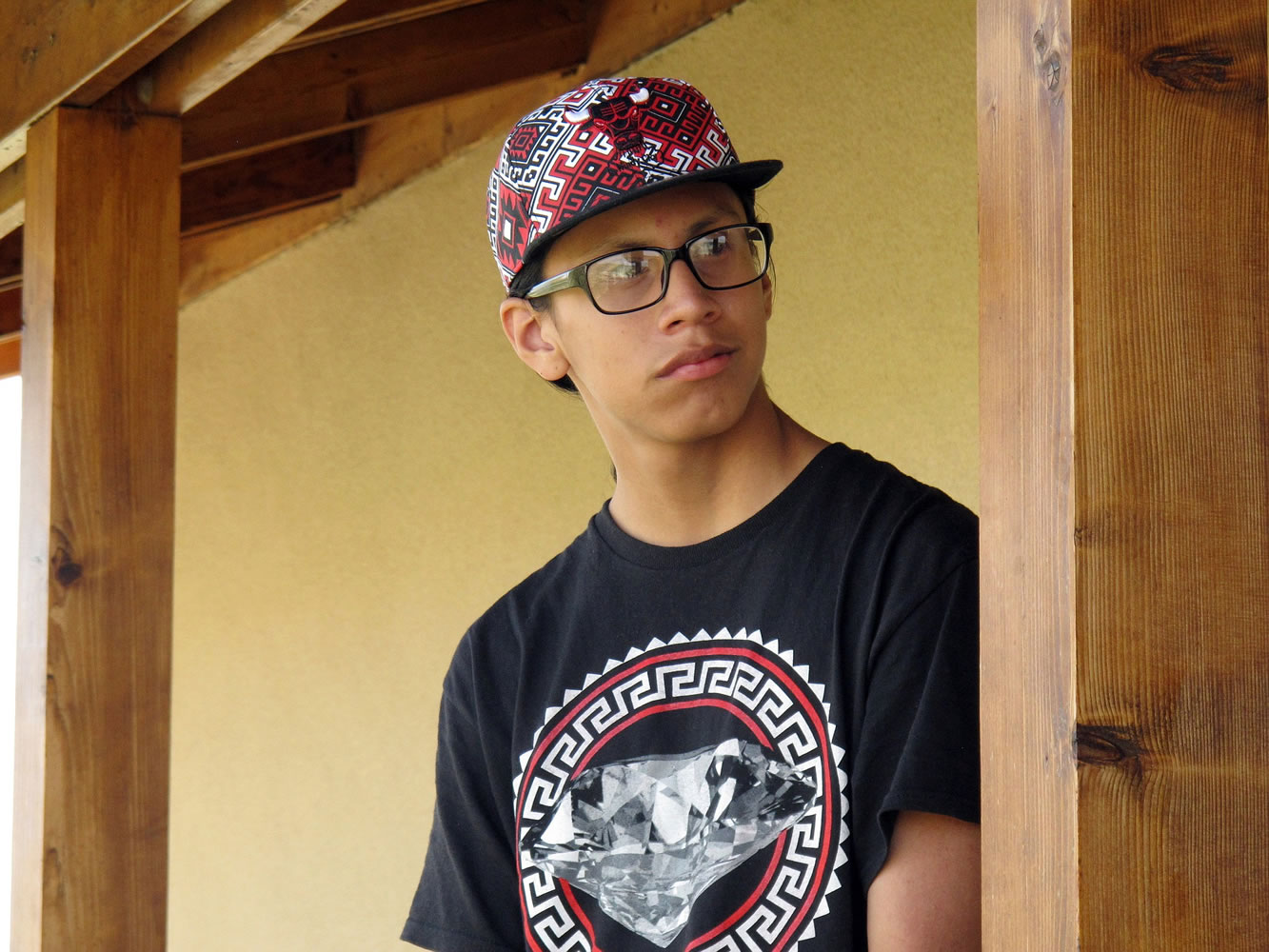More than 875 Native American youths from across the nation are gathering Thursday in Washington, D.C., for a first-of-its-kind summit called by the White House.
The teens, who represent 230 tribes, will meet with First Lady Michelle Obama and cabinet members to discuss a range of topics, including economic opportunity, education and cultural issues.
It’s part of Generation Indigenous, or Gen-I, a White House initiative that kicked off earlier this year with a brainstorming session in Albuquerque, New Mexico.
The initiative stems from a visit last year by the Obamas to the Standing Rock Sioux Reservation, which straddles the border between North Dakota and South Dakota. Meetings followed, cabinet members conducted listening tours, tribal youth were chosen as ambassadors, and a national network was formed.
The goal: to remove barriers that stand in the way of tribal youth reaching their potential.
Cecilia Munoz, director of the White House Domestic Policy Council, said the president was moved after hearing about the challenges faced by children in North Dakota.
“He knows that the issues that he heard about are not isolated to Standing Rock,” Munoz said. “He was also really inspired by the talent and the courage of the Native youth he met to overcome their circumstances.”
Munoz said the event is about the teens and making sure they have an opportunity to be heard since they represent the next generation of leaders.
Participants are coming up with ideas to combat problems in their communities. For Miguel Wambli, 16, a member of the Oglala Sioux Tribe, it’s creating a newspaper that will be fueled by Native students’ writings.
A string of seven suicides by teenagers in recent months has shaken the Pine Ridge Reservation, and close to 1,000 suicide attempts were recorded on the reservation over nearly 10 years. Some students have projects aimed at raising awareness, while Wambli believes a newspaper would give teens an outlet.
“I want to try just to help them find their voice and be able to express themselves and be knowledgeable about what’s going on in their community,” he said.
From New Mexico’s pueblos to Midwest reservations, federal statistics show nearly one-third of Native youth live in poverty. They have the highest suicide rates of any ethnicity in the U.S. and the lowest high school graduation rates.
Those are difficult issues, said Interior Secretary Sally Jewell, who will be among those partaking in the gathering. Reforming Indian education has been a focal point of her tenure. She said the system is broken, noting Indian schools often are among the nation’s worst-performing.
Jewell on Thursday will announce federal grants for seven tribes to develop their education departments and funding for the American Indian Higher Education Consortium to build a pipeline from Native communities to college.
The Interior Department also will release a report on the progress of reforms within the Bureau of Indian Education.



